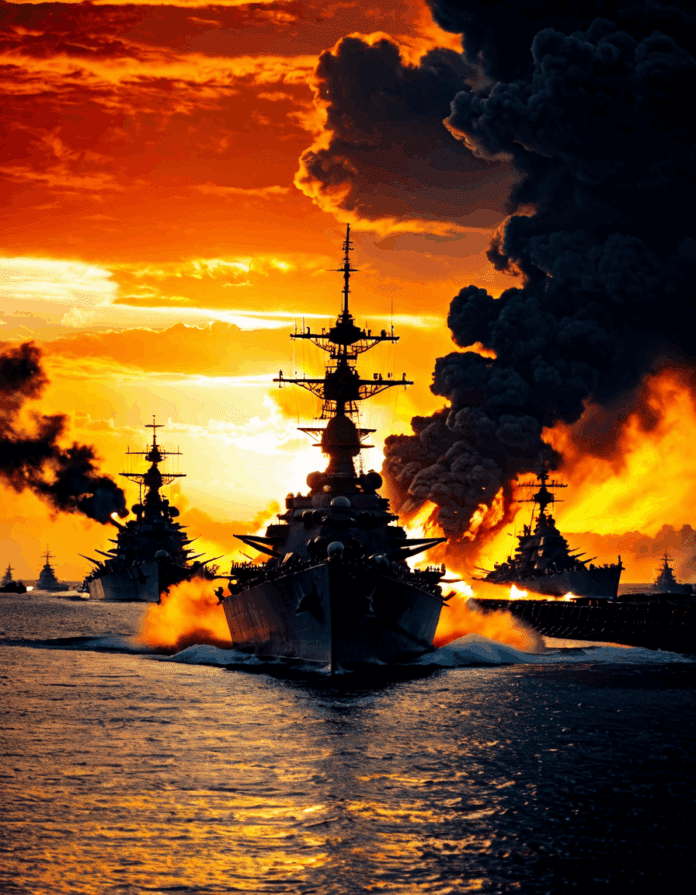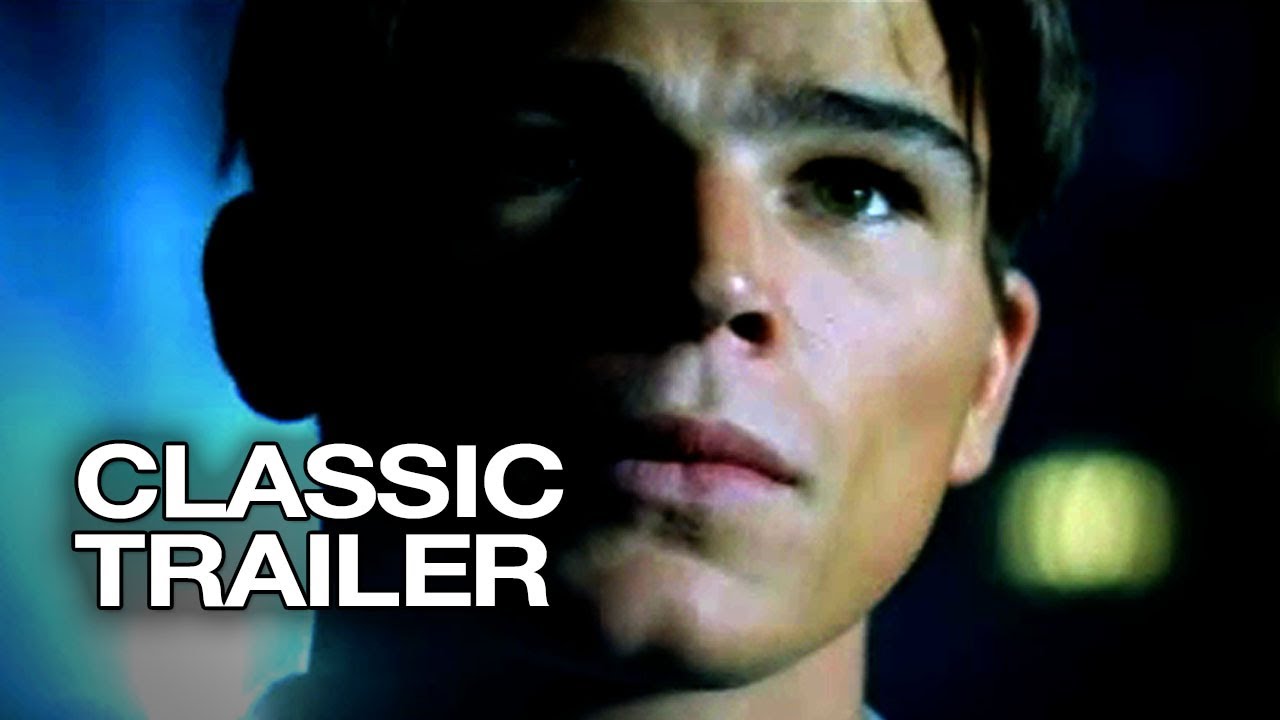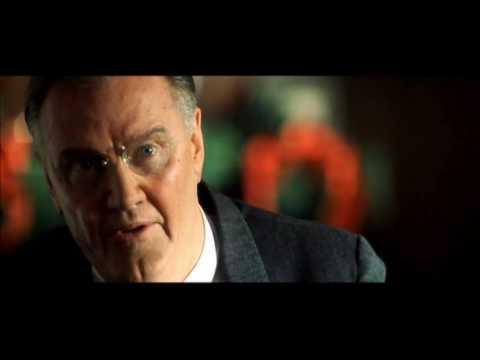The Pearl Harbor movie, directed by Michael Bay and released in 2001, continues to resonate deeply within American culture and the collective memory of World War II. This film showcases a pivotal moment in history, capturing how it forever changed the landscape of the United States and the world. With its rich blend of romance, action, and heart-wrenching tragedy, the Pearl Harbor movie invites audiences to reflect on the sacrifices made and the bravery shown on that infamous day, December 7, 1941.
Five Ways the Pearl Harbor Movie Captured a Nation’s Tragedy
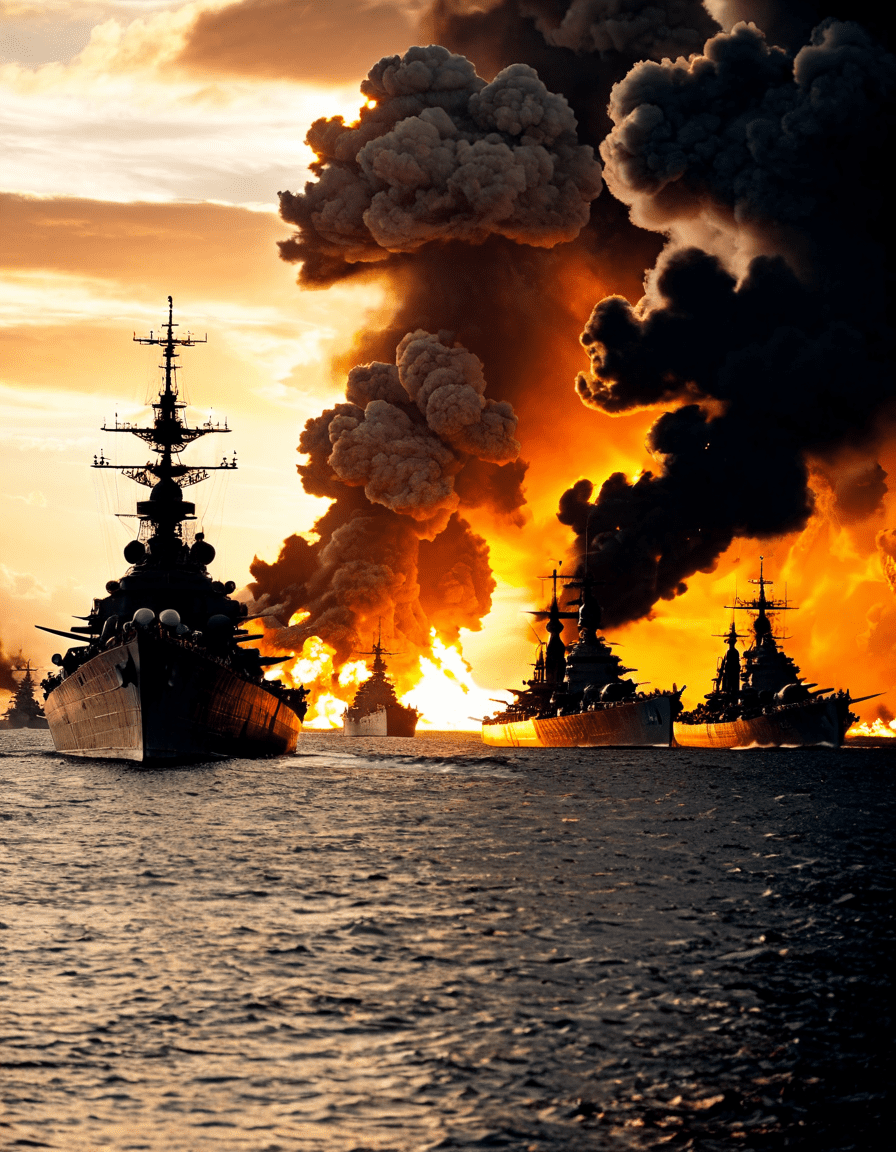
1. Emotional Resonance through Personal Stories
At its core, the Pearl Harbor movie intertwines the personal lives of its characters with the broader tragedy of war. Rafe McCawley (played by Ben Affleck) and Danny Walker (Josh Hartnett) represent the hopes and dreams of many young men who answered their nation’s call. The film doesn’t just showcase planes and bombs; it delves deep into love, friendships, and the sacrifices made for something greater.
The emotional journey viewers experience through Rafe and Danny’s love story adds a layer of human connection. As they navigate loyalty and loss, audiences feel the weight of their decisions, reinforcing the tragedy that impacted countless families across the country. In many ways, the personal stakes elevate the historical context, allowing viewers to see beyond statistics and dates to the real human cost of the attack.
2. Visual Spectacle and Historical Accuracy
One of the standout features of the Pearl Harbor movie is its stunning visual effects. The action sequences, particularly the recreation of the attack, have become iconic. With fighter planes soaring and explosions rocking the harbor, the film delivers a visceral experience that immerses the audience in chaos. Yet, the breathtaking imagery raises questions about historical accuracy and artistic license.
While the spectacle is undoubtedly captivating, many critics argue that the blend of romance and action undermines the seriousness of the event. Some believe that diverting attention to a love triangle detracts from the gravity of the real-life tragedy. This footage ensures a gripping experience, but it invites discussions on the delicate balance filmmakers must strike between fact and narrative flair.
3. A Reflection of American Fortitude
The Pearl Harbor movie thrives on themes of resilience and national unity in the face of adversity. After the attack, it highlights how Americans rallied together, not just to defend their country but to support one another in their grief. This portrayal of collective strength emphasizes the enduring spirit of a nation that would not back down.
Characters embodying courage and determination showcase the profound shift in national psyche. The resilience depicted reminds viewers that tragedy often gives rise to a stronger collective identity. The film encourages audiences to remember that even in despair, there’s hope and the potential for rebirth.
4. Cultural Impact and Historical Legacy
Since its release, the Pearl Harbor movie has rekindled interest in World War II history, sparking discussions in schools and documentaries about the attack. The film has become a cultural landmark, inviting viewers to reflect on both pride and sorrow as they absorb the narratives of bravery and sacrifice. It reignited interest in firsthand accounts from veterans, leading to deeper insights into the war’s effect on individuals and families.
Through the years, the film’s legacy continues to influence how this pivotal moment in history is taught. The conversations initiated by the movie serve as a reminder that understanding the past is critical for preventing future conflicts. It bridges generational gaps by offering a medium through which the lessons of history resonate with both young and old alike.
5. Reception and Critique: Balancing Entertainment and Education
Despite its box office success, the Pearl Harbor movie faced scrutiny for its historical inaccuracies and melodramatic elements. Some historians and critics argue that the film detracts from the actual events it portrays. This ongoing debate highlights a significant challenge faced by filmmakers: how to engage audiences with historical narratives while maintaining factual integrity.
Analysts and viewers often square off in discussions about whether filmmakers enhance or hinder public understanding of history. While some argue that entertainment can effectively educate, others believe that romanticized accounts can cloud historical truths. This split in reception illustrates the fine line movies must walk when adapting real events for the screen.
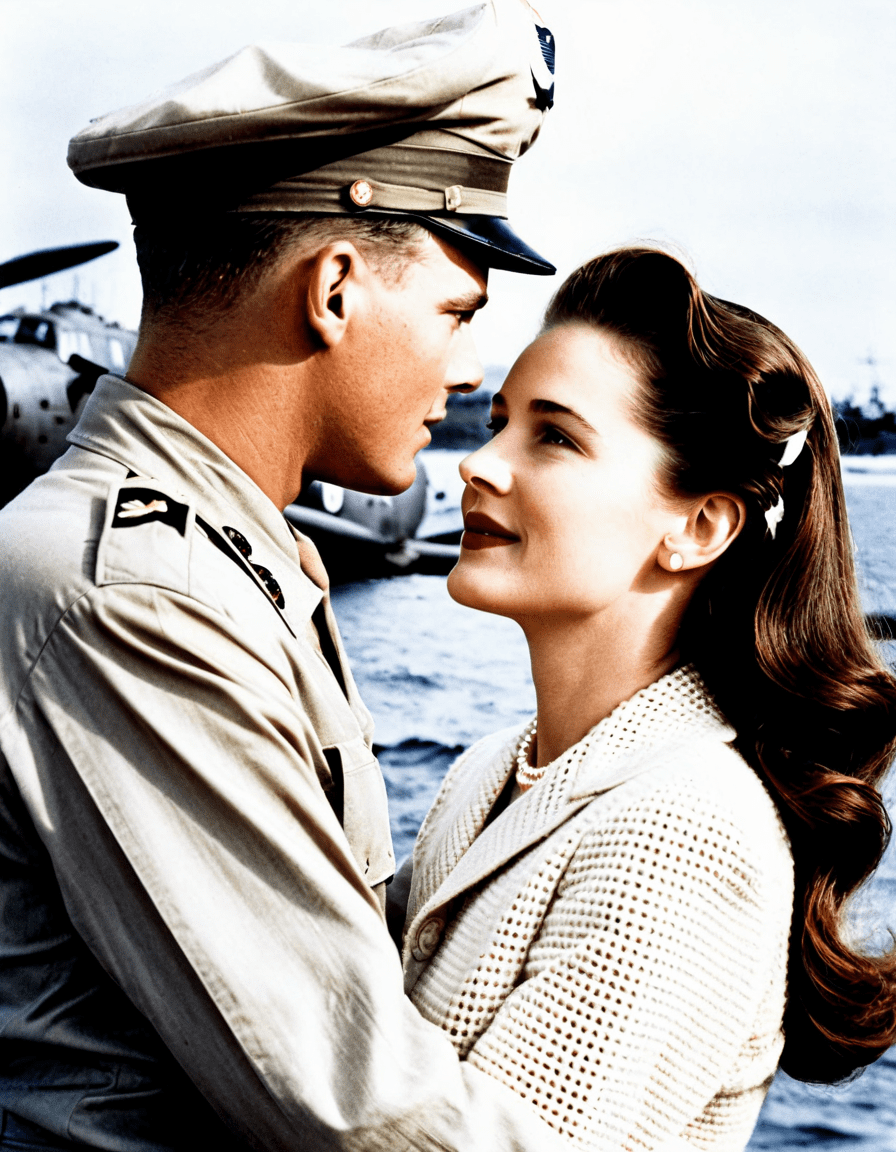
Lasting Lessons from the Pearl Harbor Movie
Ultimately, the Pearl Harbor movie serves as both entertainment and a tool for education, sparking conversations about memory, sacrifice, and resilience. Its artistic representation of a devastating moment molded a generation and invites viewers to reflect on the importance of history in shaping our present and future.
The film stands as a poignant reminder that peace is fragile and must be actively defended. As we traverse complexities in contemporary life, the legacy of the Pearl Harbor movie encourages each generation to explore its history while contemplating the implications for their futures.
As audiences grapple with the themes woven throughout the Pearl Harbor cinematic experience, they are reminded of the collective sacrifices that secured freedom and peace. The film remains a critical touchpoint for understanding how artifacts of culture can shape societal memory and encourage vital conversations within communities.
In summary, the Pearl Harbor movie, while a commercial spectacle, offers significant reflections on our collective past. It compels us to remember the tragedies, celebrate human resilience, and remain vigilant in the promotion of peace. As we experience the unfolding narrative of our time, we can draw inspiration from those who endured, ensuring that their lessons resonate through generations to come.
Pearl Harbor Movie: Hidden Gems and Fun Facts
When you hear the words “Pearl Harbor movie,” it usually brings to mind spectacular visuals and emotional storytelling that captured and moved a nation. Did you know that this epic film, directed by Michael Bay, was released in 2001 and grossed over $450 million worldwide? It’s no wonder audiences flocked to theaters! The film didn’t just entertain; it sparked conversations about history, heroism, and love during wartime. Speaking of captivating films, check out the buzz around the upcoming Ballerina 2025, which promises to blend action and artistry in exciting ways.
Behind the Scenes Magic
While the Pearl Harbor movie showcased intense battle sequences, it also focused on character development. The actors underwent extensive training to portray their roles authentically, including military protocols and aerial maneuvers. One standout fact is that the film used 90 real wartime airplanes and a massive replica of the USS Hornet, creating a breathtaking cinematic experience. Speaking of impressive productions, fans of touching stories should keep an eye on the latest buzz around Wonder Movie, which captures the essence of resilience and hope.
An Enduring Legacy
Historically, the Pearl Harbor movie has left a lasting impact on viewers, inviting deeper questions about the events of December 7, 1941. Interestingly, many of the cast members, like Kiami Davael, have since pursued diverse paths in Hollywood, showcasing their versatility beyond this iconic film. It’s true what they say: once you dip your toes in the industry, you often find new resources fueling your journey—like using a loan repayment calculator to manage those post-stardom finances! Additionally, the great use of CGI and practical effects has influenced filmmakers for years, pushing creative boundaries in ways reminiscent of blockbusters like Punchline.
All in all, the Pearl Harbor movie is not just a film but a cinematic milestone that resonates with audiences, offering fascinating trivia and a deeper appreciation for both history and storytelling. So, whether you’re using the Waze App to find a local theater or navigating your thoughts about the war’s complexities, this film invites everyone to reflect on the past while looking to the future—it truly stands the test of time, much like the gripping tales found within the Record Of Ragnarok Volume 21.


